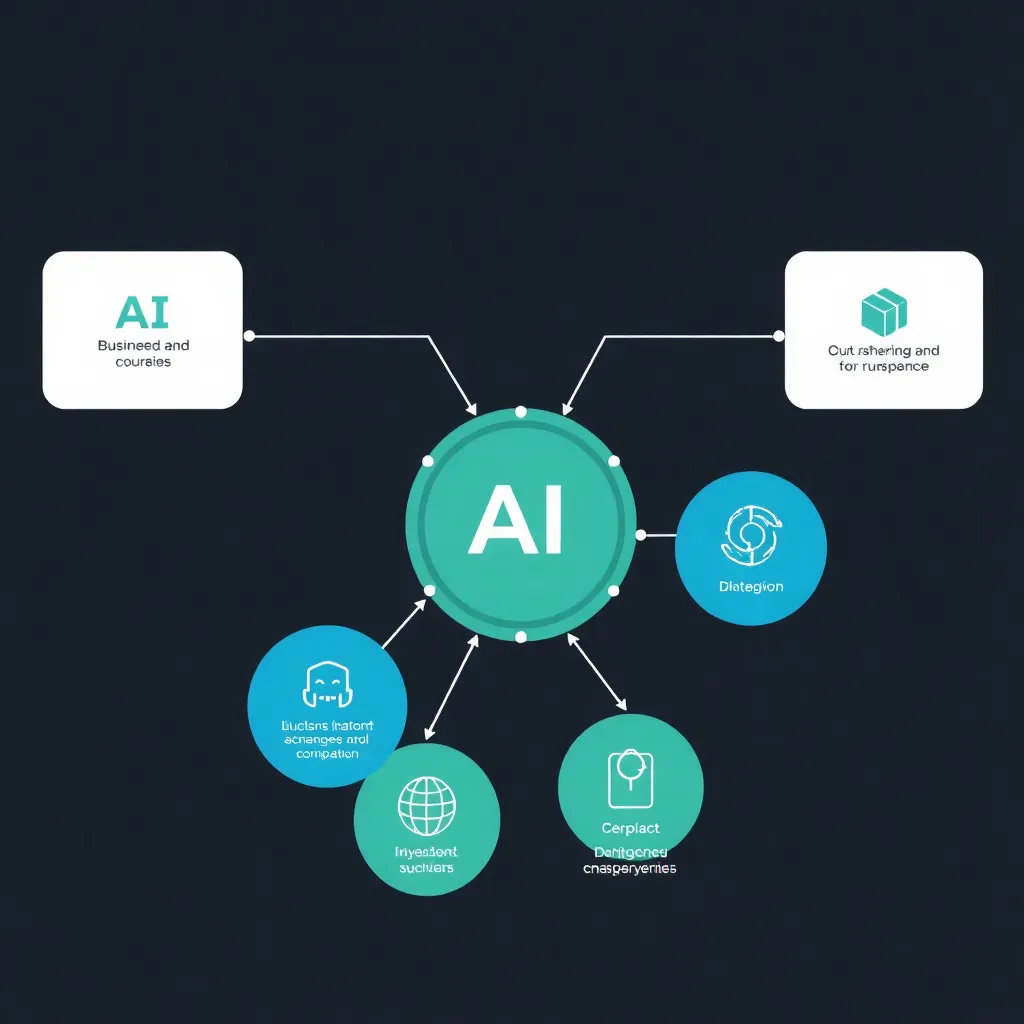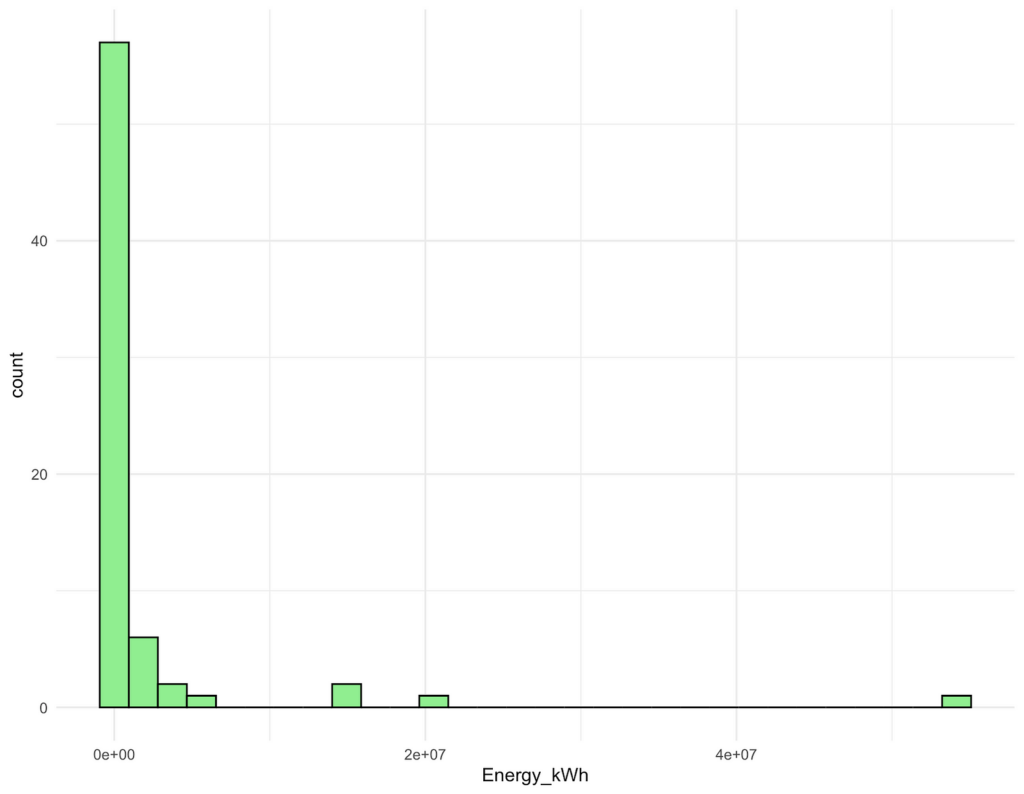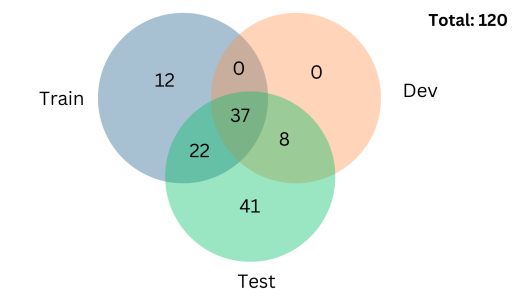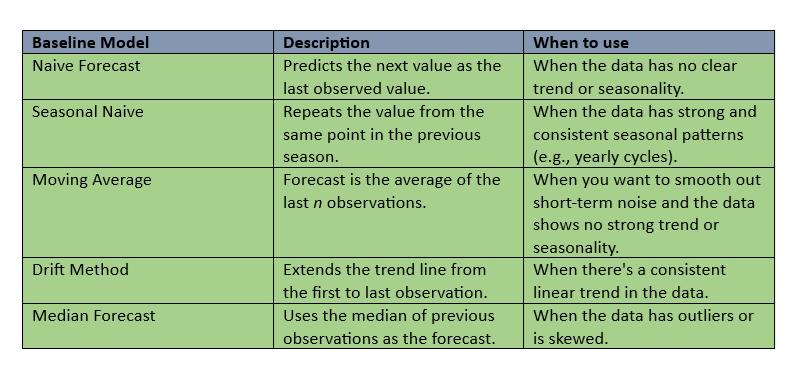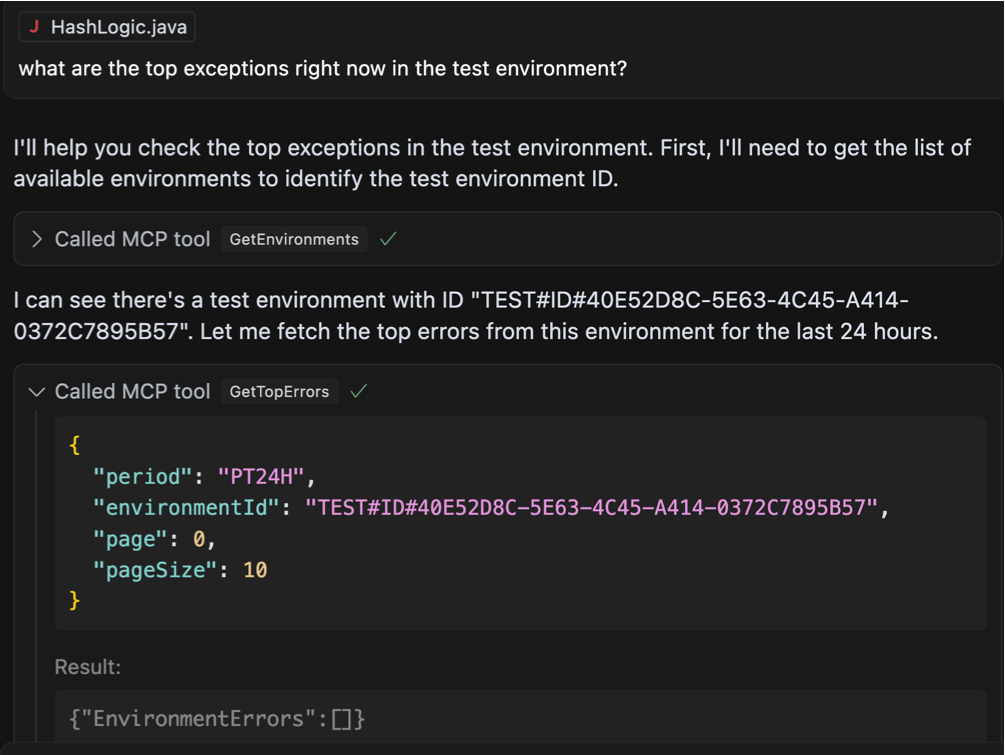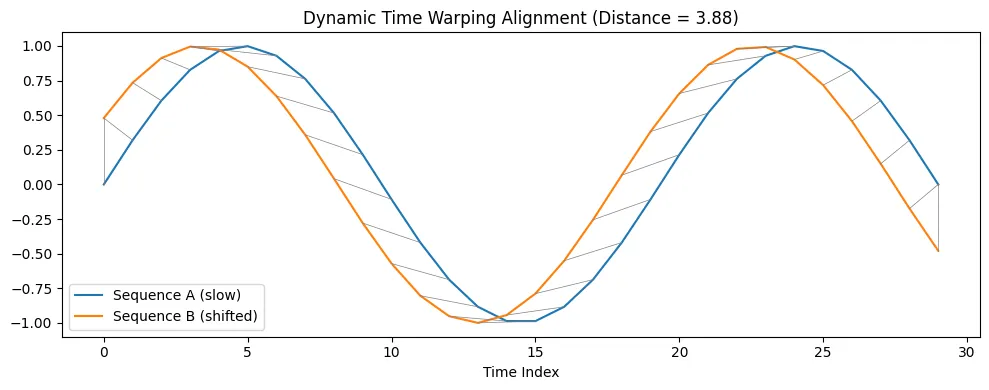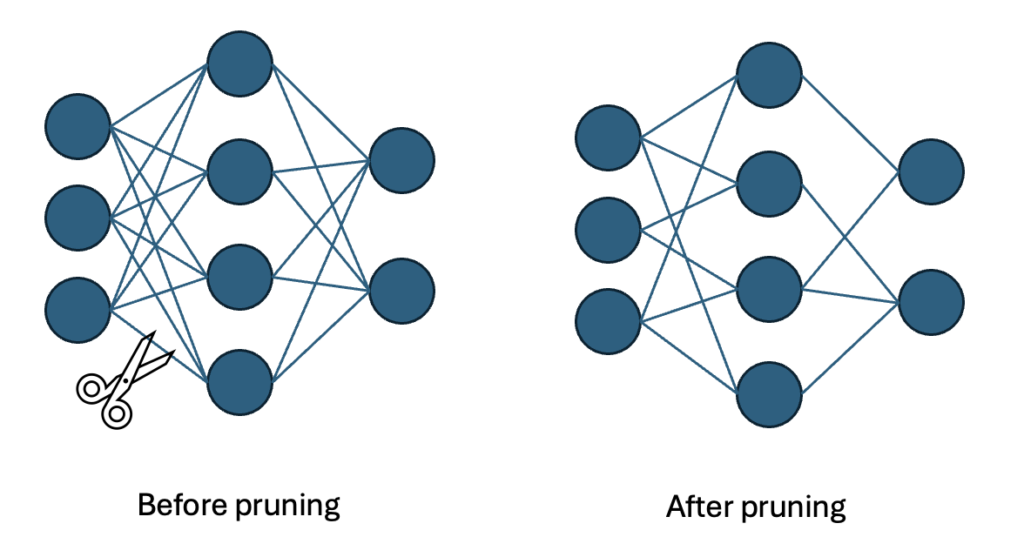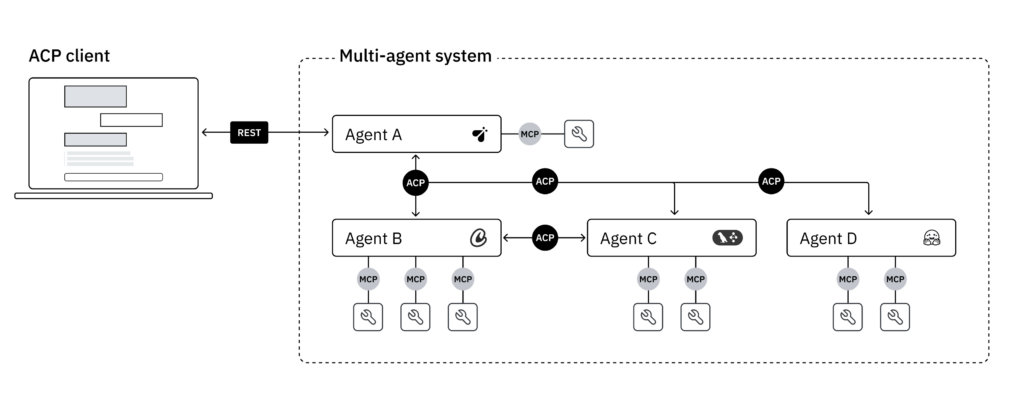Will You Spot the Leaks? A Data Science Challenge
Not another explanation You’ve probably heard of data leakage, and you might know both flavours well: Target Variable and Train-Test Split. But will you spot the holes in my faulty logic, or the oversights in my optimistic code? Let’s find out. I’ve seen many articles on Data Leakage, and I thought they were are all […]
Will You Spot the Leaks? A Data Science Challenge Read More »
